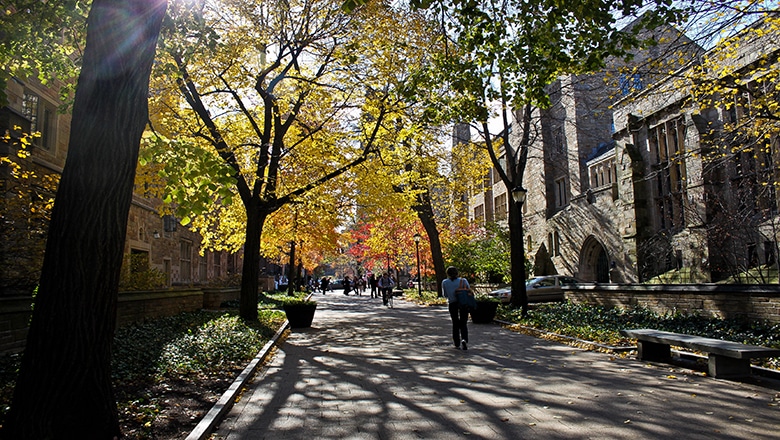Swarthmore College
The Road to Zero
In developing a new energy master plan, Swarthmore College enlisted GreenerU for a combination of in-house expertise in engineering, project management, and meeting facilitation to create platform to ensure deliberate engagement and a clear and organized structure.
Sustainability Goals
Carbon neutrality by 2035
Swarthmore College, located just south of Philadelphia, has embarked on an ambitious goal of climate neutrality by 2035. The campus’s aged steam system will need to be re-invented to get there. To achieve this, Swarthmore required a comprehensive energy master plan encompassing a full and detailed conversion to decarbonize their current energy systems.
Swarthmore had made a first attempt at an energy master plan, but the initial plan did not meet the College’s needs. Reasons for this became clear upon delivery of the final plan: the process wasn’t designed to have deliberate engagement from campus stakeholders; the College didn’t have the bandwidth to drive the process the way they wanted to; and the lack of client engagement resulted in a master plan that did not have the confidence of key stakeholders.
Thus, Swarthmore was at a crossroads. Moving forward with the energy master plan as written was not viable. They could attempt to salvage what aspects of the plan they could move forward with, or they could start from scratch. They opted for the latter.
In 2018, Swarthmore hired a new engineering firm, Integral Group, along with GreenerU, to develop a new energy master plan. With a combination of in-house expertise in engineering, project management, and meeting facilitation, GreenerU created a platform to ensure deliberate engagement and a clear and organized structure. This platform was used to ensure that Swarthmore could be fully informed and involved in the decision-making stages throughout the entirety of Integral Group’s findings. All final recommendations were developed with the involvement of key campus stakeholders.
The result are campus decarbonization plans that convert the existing gas- and grid-powered electrical heating and cooling system to options that shift to a more efficient, renewable electricity-powered system with heat recovery, battery storage, geothermal heat exchange, and more. Intended plan outcomes include:
- Achieving carbon-neutral energy systems on campus by 2035
- Improving resiliency to power outages in the immediate future
- Managing campus peak electrical demand
- Leveraging market incentives for energy systems upgrades and operations
- Maintaining comfort and reliability for the campus community

Campus Improvements
-
Facilitation
GreenerU’s change management staff undergo rigorous training in meeting facilitation, stakeholder engagement, and process development.
-
Project management
Energy conservation measures can involve a complex choreography of managing vendors and subcontractors to finish a job on time and within budget. GreenerU does this for you.
-
Climate action plan
Climate action plans are comprehensive roadmaps that outline the specific activities that a school will undertake to reduce greenhouse gas emissions.



